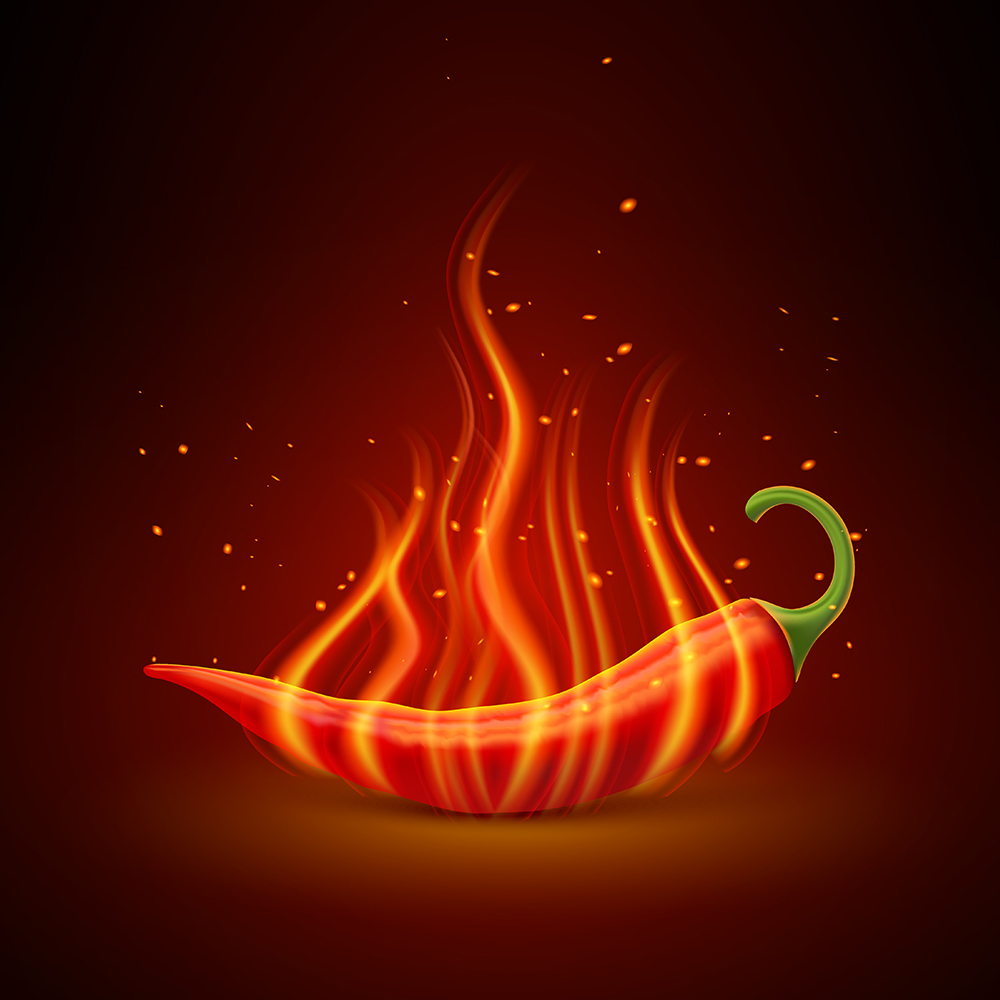Chilli has been used in cooking since almost the dawn of time.
Originally from South America, it came to Europe with Christopher Columbus. There are findings that indicate chilli was grown in what is now Ecuador as early as 6000 years ago. Chilli’s popularity is partly due to how easy it is to grow—it thrives in most locations without a lot of effort from the grower. If you’re a fan of chilli trying to grow your own.
Open a window or keep the fan going when you get to blending your chilli sauces, since the vapours can be quite powerful.
Use plastic gloves when I handle large quantities of chilli, and I urge you to do the same—changing your contact lenses after chopping a kilo of red chillis and a few habaneros is a mistake you only make once.
Chillies gets their heat from capsaicin, a colourless, odourless chemical compound that dissolves in fat. We measure the concentration of capsaicin, that is the heat of the chilli, on the Scoville scale. Capsicum typically comes between 0 to 100 Scoville units, and red chillis about 10 000 to 30 000. The hottest chilli is said to be the Carolina reaper, which can reach more than two million on the scale, although the strength can vary from chilli to chilli, even within the same variety. Capsaicin levels are affected by both growing conditions and how ripe the chilli was when it was harvested. So even with the scale, using chilli is a little like playing Russian roulette, and I always recommend tasting the chilli you’re using before beginning to cook to determine how hot it actually is. The greatest concentration of capsaicin is found in the seeds and the white membrane of the fruit, so the seeds can be used to regulate the heat. Without seeds the final product is milder, and with seeds included it’s hotter. In other words, you don’t necessarily need to use a hotter chilli variety to make a really spicy hot sauce. Just include the seeds.

